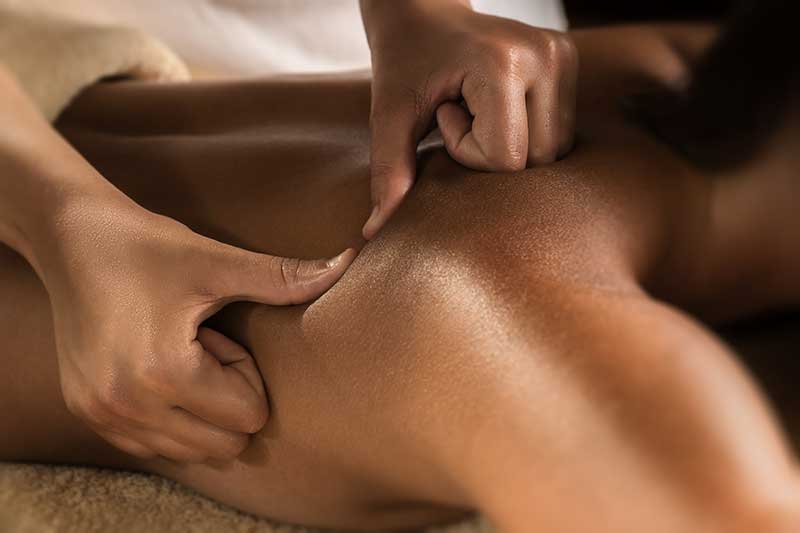
Bad posture can develop due to a variety of reasons, including lifestyle factors, occupational demands, health conditions, and more. Here is a comprehensive list of the potential causes of bad posture:
Lifestyle Factors
Sedentary Lifestyle
Inactivity: Prolonged periods of inactivity can lead to muscle weakening, affecting your ability to maintain good posture.
Excessive Screen Time: Spending long hours hunched over phones, tablets, and computers can lead to poor posture.
Poor Sleeping Habits
Mattress and Pillow: Unsuitable mattress or pillow can cause spinal alignment issues, leading to poor posture.
Sleeping Position: Sleeping in awkward positions can strain the muscles and spine.
Improper Footwear
High Heels: Regular wearing of high heels can alter the natural alignment of the body, encouraging poor posture.
Lack of Support: Footwear lacking proper arch support can potentially lead to postural issues.
Occupational Demands
Work Ergonomics
Office Furniture: Inadequately designed furniture can encourage slouching and other forms of bad posture.
Repetitive Movements: Engaging in repetitive movements can lead to muscle imbalances, fostering poor posture.
Heavy Lifting
Incorrect Lifting Technique: Lifting heavy objects incorrectly can strain the muscles and promote bad posture.
Health Conditions
Musculoskeletal Disorders
Scoliosis: Conditions like scoliosis can lead to an abnormal curvature of the spine, causing poor posture.
Obesity
Additional Weight: Carrying extra weight, especially in the abdominal area, can pull the spine forward, leading to poor posture.
Pregnancy
Weight Distribution: Changes in weight distribution during pregnancy can lead to postural adjustments, sometimes encouraging poor posture.
Psychological Factors
Depression and Anxiety
Muscle Tension: Psychological stress can lead to increased muscle tension, encouraging a hunched posture.
Developmental Factors
Growth Spurts
Rapid Growth: During rapid growth spurts, particularly in adolescence, individuals may develop poor posture.
Habitual Factors
Habitual Poor Posture
Ignoring Postural Cues: Ignoring bodily signals and habitual poor posture can ingrain bad posture over time.
Aging
Age-Related Musculoskeletal Changes
Muscle Atrophy: Age-related muscle atrophy and weakening can affect posture adversely.
Osteoporosis: Conditions like osteoporosis can alter the structure of the bones, affecting posture.
Injury and Trauma
Recovery from Injury
Compensatory Patterns: Developing compensatory patterns post-injury can lead to sustained poor posture.
Physical Fitness
Muscle Weakness and Imbalance
Weak Core: A weak core can affect your ability to maintain an upright posture.
Imbalanced Training: Focusing too much on certain muscle groups and neglecting others during training can create muscle imbalances, leading to poor posture.
Education and Awareness
Lack of Awareness
Education: A lack of education and awareness regarding proper posture can be a significant factor in the development of poor posture habits.
Genetic Factors
Congenital Conditions
Inherited Traits: Some congenital conditions and inherited traits can predispose individuals to poor posture.
Understanding the causes of poor posture can be the first step in correcting it. Identifying the specific reasons in individual cases can help tailor strategies and interventions to improve posture effectively. This might include ergonomic adjustments, physical therapy, exercises to strengthen weak muscles, and education on proper posture habits.
How deep tissue massage can improve your posture?
Deep tissue massage is a type of massage therapy that involves applying sustained pressure using slow, deep strokes to target the inner layers of your muscles and connective tissues. It can help improve posture in several ways:
Releasing Muscle Tension:
Chronic tension: Deep tissue massage can help alleviate chronic tension in muscles that can lead to poor posture.
Knots and adhesions: By working out knots and adhesions in the muscles, it can allow for a greater range of motion and a more natural, upright posture.
Improving Flexibility:
Stiff muscles: Deep tissue massage can help to elongate stiff muscles, allowing for more comfortable and correct posture.
Improving range of motion: It can enhance the range of motion in joints, encouraging more balanced posture.
Pain Reduction:
Pain-induced poor posture: Sometimes, people adopt poor postures due to pain. By reducing pain, it can be easier to maintain a good posture.
Headaches: Addressing tension in the neck and shoulders can potentially reduce headaches, encouraging a more upright posture.
Alignment and Balance:
Muscle imbalance: Deep tissue massage can address muscle imbalances that contribute to poor posture.
Alignment: By encouraging more balanced muscle tone, it can facilitate better spinal alignment.
Promoting Relaxation:
Relaxed muscles: Relaxed muscles are more receptive to the cues to maintain a good posture.
Mindfulness: The relaxation and heightened body awareness gained from massage might make individuals more conscious of their postures and encourage them to correct it.
Enhancing Circulation:
Nutrient delivery: Improved circulation means better nutrient delivery to muscles, which can support muscle health and facilitate better posture.
Reduces inflammation: By enhancing circulation, it can help reduce inflammation and promote healing in tissues, thus aiding in posture correction.
Correcting Compensation Patterns:
Addressing root causes: By addressing the root causes of compensatory patterns (like limping or leaning to one side), it can encourage a more upright and balanced posture.
Strengthening Weak Muscles:
Support: While deep tissue massage mainly focuses on releasing tension, it can sometimes help in identifying weak muscles that, when strengthened through targeted exercises, can support better posture.
Improving Body Awareness:
Sensory awareness: Massage increases one’s awareness of their body, which might help in recognizing and correcting poor postures.
To optimize the benefits of a deep tissue massage for improving posture, it’s essential to combine it with other strategies such as regular physical activity, stretching, and perhaps working with a physical therapist or a chiropractor to address specific postural issues. It’s also crucial to work on strengthening the muscles that support good posture through exercises that target the core, upper back, and glutes.